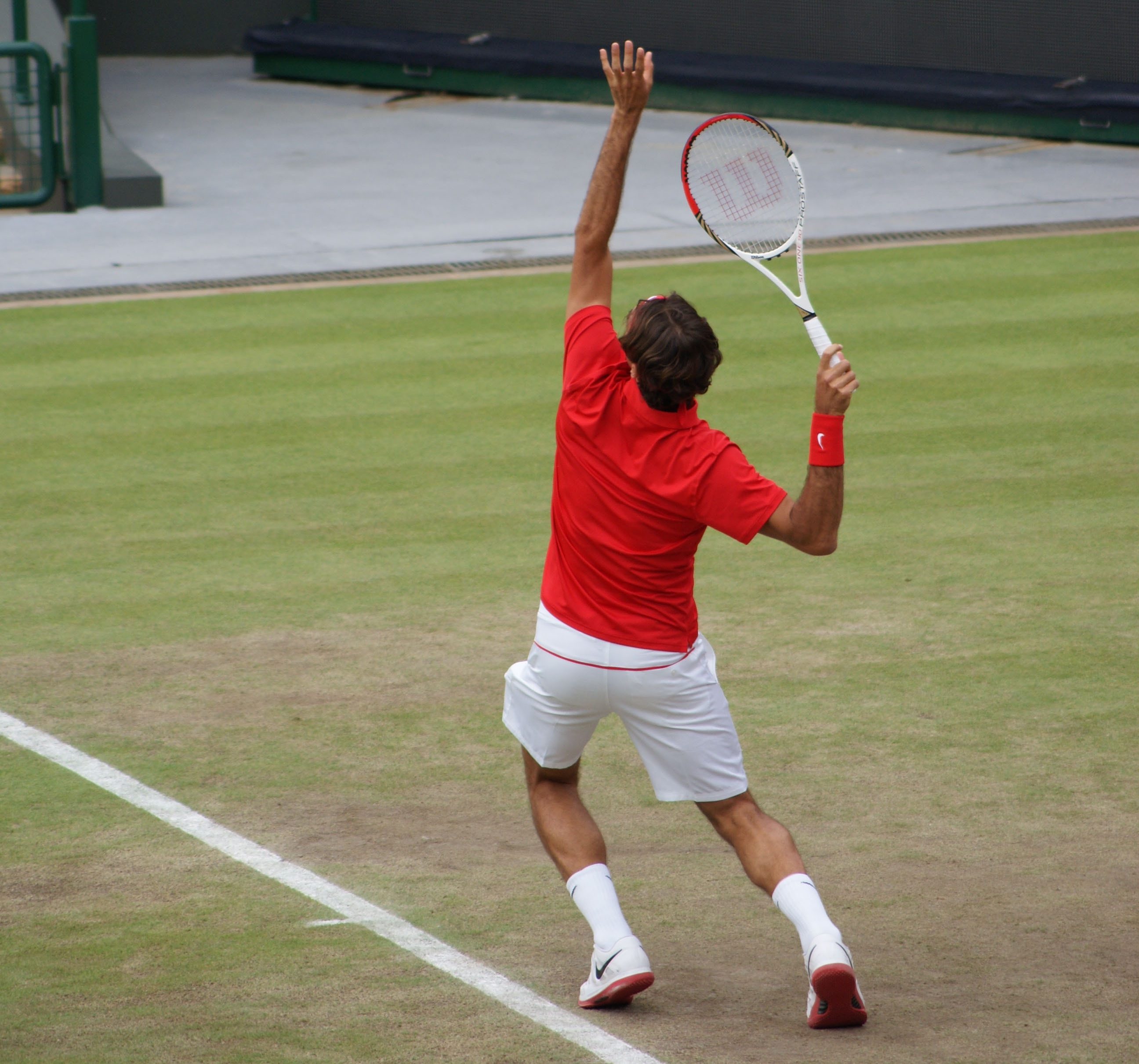When you talk about money in tennis, it’s a story of feast and famine. There is a lot of money at the top (for players in the Top 50 in world rankings) but the players at the bottom of the rankings struggle to make a living.
Running a tournament – whether it’s a grand slam or an ITF futures event – costs money. Tournaments try to recoup their costs through sponsorships and TV rights but that’s not always possible for every tournament.
Entry Fee For Grand Slams, ATP, and WTA Tournaments
Big events such as the US Open have a number of sponsors who pay big dollars to have their names displayed at the tournaments. These big tournaments also get a chunk of money from selling TV rights to ESPN and other TV networks.
So players entering these big tournaments do not pay any entry fees. Some smaller ATP and WTA tournaments pay appearance fees to top players to attract fans and improve TV ratings.
A top player such as Federer can easily earn $1 million for simply showing up at a tournament. In addition, tournaments may offer wild cards to siblings of top players or paid trips for family members to attract top players.
Entry Fee for ITF Futures
However, smaller tournaments such as ITF Futures charge an entry fee to offset their costs. Sponsorships alone are not enough to cover all of their costs. As a result, ITF Futures tournaments charge a small entry fee – usually less than $50.
Winning an ITF Futures event gives players valuable points that help them improve their ranking and qualify for Challenger events.
Asking players ranked 500+ to pay a fee to enter a tournament is a difficult decision. But these tournaments don’t make profits and are charging the fee simply to cover the cost of paying umpires, ball boys and girls, and other expenses involved in conducting the tournament.
Entry Fee for Junior Tournaments
In the US, junior tournaments are organized by the USTA (US Tennis Association). There is a small fee to become a member of the USTA.
Almost all junior tournaments charge an entry fee. Juniors can sometimes earn small prize money. But many junior tennis players choose not to accept any prize money to maintain their amateur status, which helps them play college tennis.
In the US, college tennis players are considered amateurs and do not earn any prize money.
Tennis is an expensive sport
Paying for coaches, equipment, and travel can get very expensive quickly. Even players who are ranked 100 in the world struggle to break even.
But they try to enter as many tournaments as they can to earn ranking points, which helps them enter more prestigious tournaments to make more money.
